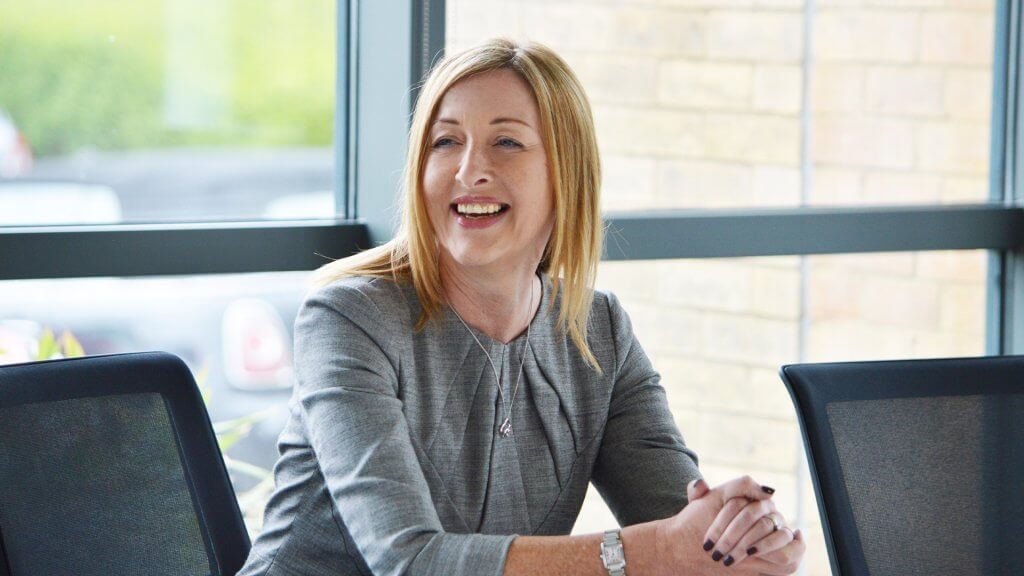
Tobias Nanda, President of Brands at Gordon Brothers, explains how well-known brands can secure stability through the assetless brand business model
Instability throughout the retail sector came to the fore during the pandemic as established brands struggled to overcome their outdated business models. However, the challenges faced by these brands began the well before the pandemic as market fluctuations caused much-loved brands to become distressed and open to acquisition. Rescuing and turning around struggling brands like these offers a viable business opportunity when the transition to Assetless Based Company (ABC) is applied, as proven by the recent successful relaunch of British heritage brand Laura Ashley.
The ABC model is an evolutionary outcome of changing consumer shopping attitudes, which has developed over the last 20 years. As shoppers turn to fast-paced online shopping, the traditional retail space is fraught with risk. A cyclical economic market has caused brands to incur large overheads and inventory stock. Brands have been forced to bet on future events and hope that their product sells through. Transitioning to an ABC, reduces these costs and allows for an increasingly agile operation.
How does the ABC model work?
When acquiring a brand, selecting the right partners is key to success. Partners – such as specialist investment companies – can bring networks, experience, and knowledge into the operation to help strategize and protect the brand during its transition. Ultimately the strength of these networks is crucial to long-term viability for the ABC.
Assessing the brand value is vital to any brand acquisition to ascertain the brand equity. Once acquired, it is important to re-assess the brand based on any new knowledge. Utilising partner networks to ascertain the strength of the brand in different markets and categories and addressing any concerns will increase the chances of succeeding as an ABC.
By partnering with manufacturers and licensees who are well-versed in the brand’s DNA, or by opting for direct-to-retail exclusives, ABC teams can be small and operate nimbly to avoid the headaches that come with captive logistics and warehousing. This results in more time to spend on enhancing brand value and product innovation.
How to make the transition
Having gauged the brand value, it is imperative to develop a strong business plan. In any transition things can go wrong, there could be unexpected hurdles along the way. Understanding where issues may arise will smooth the way. When developing the business plan, it is important to think carefully about the timeframe, levels of investment and which manufacturers, suppliers or licensees could develop the products as desired.
With a strong business plan in place, the next step is to restructure the assets – parents, URL, customer lists, etc. – and transfer them to the new company, the ABC. The new company should be set up in a way that it does not carry huge operational costs, including no inventory positions. This will help reduce large overheads and allow the ABC to focus on product development.
Increased time on product development means more flexibility to enter new categories and markets. As demand increases, brands can diversify across different categories, for instance a fashion brand can diversify its product offering to enter the homeware market whilst remaining true to its brand identity. Operating as an ABC, reduces the standard three-year lead time to only twelve months due to the strength of the IP and licensee network. Take Laura Ashley with its identifiable IP and strong consumer demand. The movement of Laura Ashley to the ABC model facilitated increased flexibility by leveraging manufacturers and licensing partners. Working closely with category specialists helped to bring products to market that remained true to the Laura Ashley brand identity. Understanding how to work closely with specialist partners is crucial to generating success from a struggling brand.
Lastly, relaunch the brand. With all these steps in place, it is time to breathe new life into the brand as the manufacturing of new licensed product gets underway and new products come to market.
What to look out for?
The main pitfall is to stray too far from the brand identity. Maintaining and developing the brand equity is crucial to success. Diverting from the brand identity could work for smaller limited capsule collections, but long-term it could turn loyal supporters away. It is important to defend the brand equity through every stage of the product cycle: from identifying the partner, to initial design to quality control.
In summary
Whilst brands are affected by the cyclical nature of the current consumer approach to retail, the ABC model is one way that brands can revive and survive. At Gordon Brothers we have been carefully perfecting our ABC model since 2004, delivering success through Bench, Ben Sherman, Polaroid, and more recently, Laura Ashley.
New retail solutions and business models will not go away. The trick is to find the one that works best for your brand and, for heritage brands with a strong IP, the ABC model is likely the most viable solution.
For more information about the ABC model visit https://www.gordonbrothers.co.uk/retail-expert-series



















